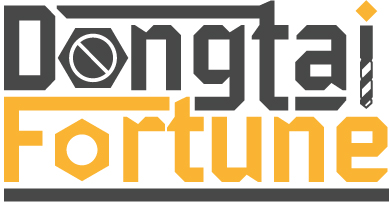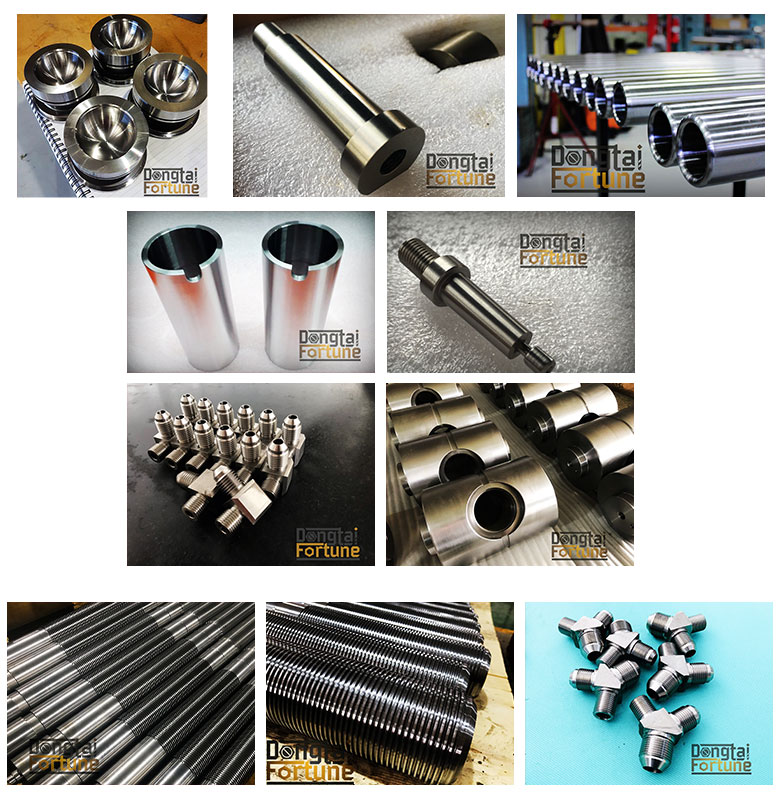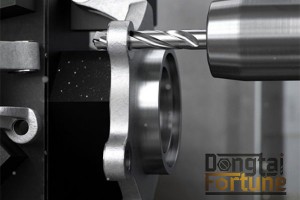Supply OEM China Custom Precision CNC Turning Machining Aluminum Parts CNC Milling Parts From Factory Directly
All we do is usually connected with our tenet ” Consumer initial, Rely on 1st, devoting around the food stuff packaging and environmental safety for Supply OEM China Custom Precision CNC Turning Machining Aluminum Parts CNC Milling Parts From Factory Directly, We welcome new and outdated prospects from all walks of lifetime to get in touch with us for foreseeable future small business interactions and mutual achievement!
All we do is usually connected with our tenet ” Consumer initial, Rely on 1st, devoting around the food stuff packaging and environmental safety for China Machining Part, CNC Machining Parts, We take measure at any price to attain essentially the most up-to-date gear and procedures. The packing of nominated brand is our a further distinguishing feature. The solutions to assure years of trouble-free service has attracted a great deal customers. The items are obtainable in improved designs and richer variety, they’re produced scientifically of purely raw supplies. It accessible in a variety of designs and specs for the selection. The newest forms are much far better than the previous one and they’re extremely popular with several clients.
Turning is a form of machining, a material removal process, which is used to create rotational parts by cutting away unwanted material. The turning process requires a turning machine or lathe, workpiece, fixture, and cutting tool. The workpiece is a piece of pre-shaped material that is secured to the fixture, which itself is attached to the turning machine, and allowed to rotate at high speeds. The cutter is typically a single-point cutting tool that is also secured in the machine, although some operations make use of multi-point tools. The cutting tool feeds into the rotating workpiece and cuts away material in the form of small chips to create the desired shape.
Turning is used to produce rotational, typically axi-symmetric, parts that have many features, such as holes, grooves, threads, tapers, various diameter steps, and even contoured surfaces. Parts that are fabricated completely through turning often include components that are used in limited quantities, perhaps for prototypes, such as custom designed shafts and fasteners. Turning is also commonly used as a secondary process to add or refine features on parts that were manufactured using a different process. Due to the high tolerances and surface finishes that turning can offer, it is ideal for adding precision rotational features to a part whose basic shape has already been formed.
Turning can be performed on a variety of materials, including most metals and plastics. Common materials that are used in turning include the following:
•Aluminum
•Brass
•Magnesium
•Nickel
•Steel
•Thermoset plastics
•Titanium
•Zinc
Capabilities
|
|
Typical |
Feasible |
|
Shapes: |
Thin-walled: Cylindrical |
|
|
Part size: |
Diameter: 0.02 – 80 in | |
|
Materials: |
Metals |
Ceramics |
|
Surface finish – Ra: |
16 – 125 μin |
2 – 250 μin |
|
Tolerance: |
± 0.001 in. |
± 0.0002 in. |
|
Lead time: |
Days |
Hours |
|
Advantages: |
All materials compatible Very good tolerances Short lead times |
|
|
Applied industry: |
Machine components, engine components, aerospace industry, automotive industry, oil & gas industry, automation components. Maritime industry. | |






